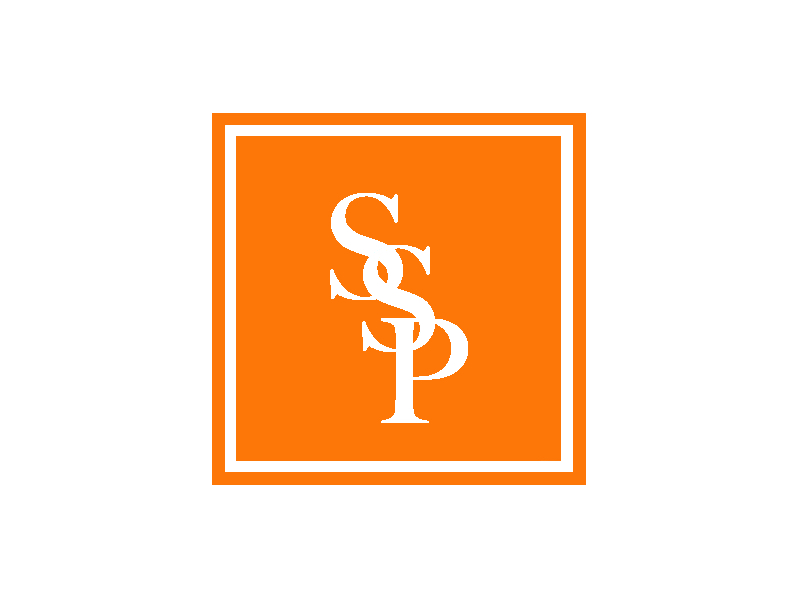The Power of RAW Image Editing
If you’re a photographer looking to take your image editing to the next level, working with RAW files is a must. RAW is an image format that captures all of the unprocessed data from your camera’s image sensor before it gets compressed into a JPEG or other standard file format. By shooting in RAW, you’re able to capture more detail, dynamic range, and color data than you get with JPEGs straight out of the camera.
The trade-off is that RAW files need to be processed and “developed” using editing software before they can be exported into a viewable format like JPEG. But this extra flexibility is what makes RAW so powerful for editing. Here are some of the key benefits of editing RAW files:
Increased Dynamic Range
RAW files store a wider range of tones from bright highlights to dark shadows compared to JPEGs. This gives you much more ability to recover details from overexposed highlights or underexposed shadows when you edit the RAW file.
More Color Control
RAW files contain more color data than JPEGs. This allows you to adjust the white balance more precisely after the fact to get more accurate colors. You can also fine tune other color parameters like saturation, vibrance, and individual color hues.
Non-Destructive Editing
RAW files are read-only, so your editing software applies non-destructive adjustments on top of the original RAW data. This means you can always go back and re-edit or tweak your adjustments without degrading image quality. JPEGs use destructive editing which permanenently bakes in adjustments and can reduce quality.
More Editing Headroom
Since RAW files start off as unprocessed data, you have much more flexibility to make more extreme edits compared to the already-processed JPEG files from your camera. Things like exposure adjustments, sharpening, noise reduction, and lens correction all work better on RAW files.
The RAW Editing Process
To harness the power of RAW on your photos, you’ll need software that can read your camera’s proprietary RAW format, such as Adobe Lightroom or Photoshop. The basic RAW editing workflow is:
1. Import your RAW files into your editing program
2. Apply global adjustments like white balance, exposure, contrast, etc.
3. Make local adjustments with grad filters, brushes, etc.
4. Export your edited RAW file as a JPEG or other final format
It takes some getting used to at first, but once you start editing RAW files you’ll be amazed at the extra flexibility and quality you can get out of your photos compared to straight-out-of-camera JPEGs. Shooting in RAW unlocks the full potential of your digital camera and your photo editing skills.

